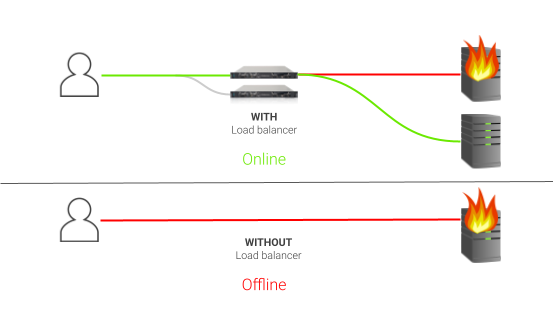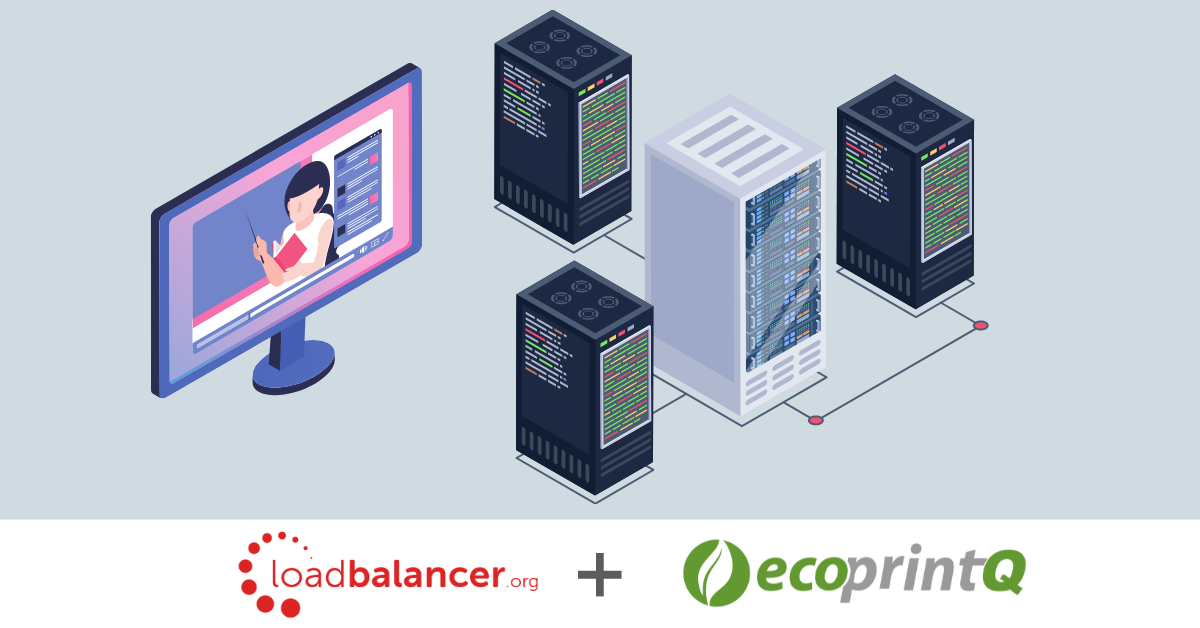No IT system is ever designed to fail. But they can – and they do. So how can you protect your critical IT systems and servers, to ensure high availability and guarantee zero downtime?
Why do systems fail?
In a world where tech is constantly evolving, it’s impossible to predict all future issues/glitches that might arise.
And there are a myriad of reasons why IT systems might fail – for example corrupt data, user error, inadequate planning of system requirements, poor user interface, faulty hardware, server overload etc.
But is this really a surprise, given the increasingly sophisticated physical, software, and network demands of large and small companies alike?
For example, regardless of industry, all companies require an ever-increasing number of applications to adequately serve their customers, employees, and suppliers – with large companies now running an average of more than 175 different applications! And all of these applications are expected to play nicely together…
When things go wrong, however, there can be a wide range of repercussions. For non-essential systems, downtime can be irritating and inconvenient for individual employees. For critical systems though, the consequences of downtime can be far more serious.
For example:
- A clinician unable to access patient data at a critical moment
- A financial application crashing mid transfer
- A senior manager unable to access the app they’ve paid thousands for
- Customers of a media company unable to access their video content library
- Printers going down during a time-sensitive print run for a key client
How can you protect your critical systems?
For critical systems, downtime is not an option. But if you can’t guarantee your IT systems won’t fail, how do you avoid downtime while issues are resolved?
This is where load balancers come in. Simply put, they distribute application, network, and data traffic between clusters of two or more servers or storage nodes. So, if one server/node fails, the load balancer will instantly and automatically reroute traffic to an alternate server/node.
This effectively buys as much time as you need to fix things, without any impact on your organization, your employees, or the end-user.

In addition to this system resilience, a load balancer also has other important benefits:
- Security – Extra layers of security can be added to your website, without slowing down your applications.
- Performance – Web server load can be reduced and traffic optimized for a better user experience.
- Scalability – As your data demands increase, a load balancer allows server infrastructure changes to be made without disrupting user services.
ecoprintQ is a leading authorized solution center. Experts in all things Loadbalancer, ecoprintQ is here to help you learn about loadbalancer and how it can benefit you. Contact us today by emailing us at sales@ecoprintq.com or give us a call at 800.236.8499.
